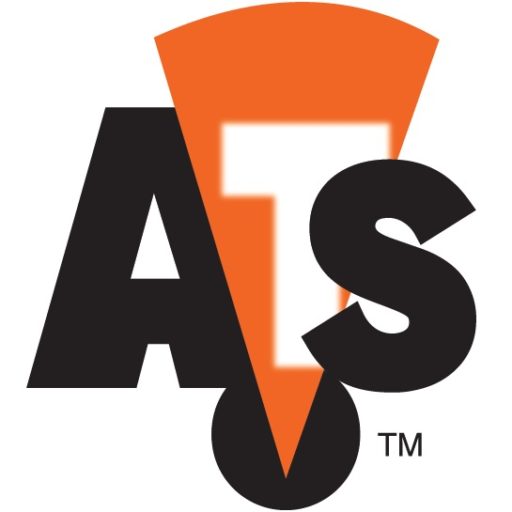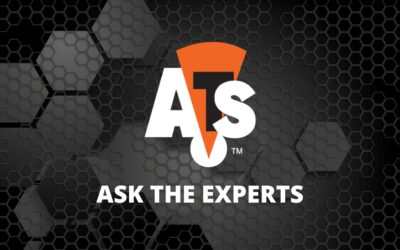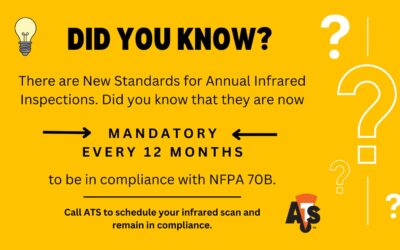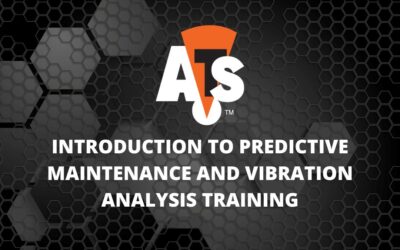 Many facilities find themselves faced with a difficult decision. They have the budget to implement a predictive maintenance technology and are interested in doing so, but do not know which one to select. With a variety of options out there, including vibration, infrared thermography, oil/wear particle, ultrasonic, motor testing, and more, how do you select the most effective technology for your facility? This particular piece will focus on vibration and infrared analysis and how to determine the appropriate one for you.
Many facilities find themselves faced with a difficult decision. They have the budget to implement a predictive maintenance technology and are interested in doing so, but do not know which one to select. With a variety of options out there, including vibration, infrared thermography, oil/wear particle, ultrasonic, motor testing, and more, how do you select the most effective technology for your facility? This particular piece will focus on vibration and infrared analysis and how to determine the appropriate one for you.
There are many factors to consider with this particular question, but a few of the most important are:
1) What type of equipment are you looking to monitor/scan?
2) How critical are these pieces of equipment?
3) What amount of time can you invest in this technology (start-up and on-going)?
4) What results are you expecting and what results do you need?
5) What level of training are you committed to?
 Vibration Analysis – If your facility relies on rotating equipment, vibration analysis may be the answer for you. Unplanned failures on critical rotating assets can shut a facility down and cost hundreds, thousands, and even hundreds of thousands of dollars (for just ONE failure). In order to effectively utilize this technology, you need to determine the correct frequency of collection and analysis. Most predictive maintenance (PdM) programs that have successfully implemented a vibration route collect and analyze data at a minimum of once a month. Quarterly or bi-yearly vibration analysis is more diagnostic than predictive and will not be as successful as a monthly program. Another aspect to consider is that an effective vibration program can take some time and effort to get started. Multiple data sets over a few months are necessary to determine a baseline for your equipment. This often means that a vibration program may take 1-2 years to blossom and give you the financial results that justify the program. Lastly, vibration analysis can take years to master. You need to be committed to the training required to understand the data and make the correct decisions regarding your equipment. Mistakes in this area can undermine the integrity of a vibration program and be quite costly for the company. Many maintenance departments contract vibration collection/analysis for this specific reason.
Vibration Analysis – If your facility relies on rotating equipment, vibration analysis may be the answer for you. Unplanned failures on critical rotating assets can shut a facility down and cost hundreds, thousands, and even hundreds of thousands of dollars (for just ONE failure). In order to effectively utilize this technology, you need to determine the correct frequency of collection and analysis. Most predictive maintenance (PdM) programs that have successfully implemented a vibration route collect and analyze data at a minimum of once a month. Quarterly or bi-yearly vibration analysis is more diagnostic than predictive and will not be as successful as a monthly program. Another aspect to consider is that an effective vibration program can take some time and effort to get started. Multiple data sets over a few months are necessary to determine a baseline for your equipment. This often means that a vibration program may take 1-2 years to blossom and give you the financial results that justify the program. Lastly, vibration analysis can take years to master. You need to be committed to the training required to understand the data and make the correct decisions regarding your equipment. Mistakes in this area can undermine the integrity of a vibration program and be quite costly for the company. Many maintenance departments contract vibration collection/analysis for this specific reason.
Infrared Analysis – If the majority of your critical equipment is not ideal for vibration analysis (non-rotating), then you may want to consider infrared analysis. You can use an infrared camera for a variety of applications and processes, including electrical, mechanical, steam systems, insulation, and many, many more. While the cameras can be quite expensive initially, they are often quite simple to use and to document important anomalies throughout a facility. Once properly trained, you will need to determine the appropriate amount of time to spend on each part of your plant. Depending on your process, this can vary significantly from facility to facility. Unlike vibration, results from a successful infrared scan can be measured and promoted almost immediately, making it a great starting point for a new or developing PdM program.
Vibration and infrared analysis can both provide a significant amount of benefit to your facility. Most effective and established predictive maintenance programs utilize both technologies with great success. If you’re forced to choose between the two, consider the criteria listed above before making your decision or contact someone who’s gone through this process before. If the initial costs of either of these technologies are prohibitive for you at your facility, contact a PdM provider and see if they can make it work with your budget. Make a change at your facility. Start improving, saving money and being more reliable today!






0 Comments